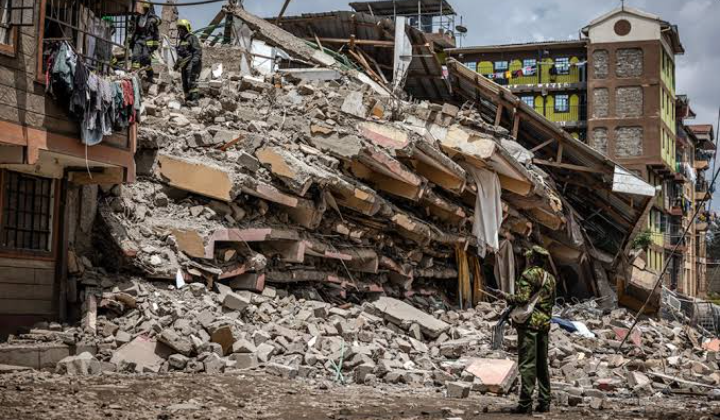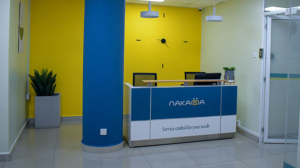The report, titled Status of the Built Environment by the Architectural Association of Kenya (AAK), found that only 43 per cent of the buildings surveyed in the 2023/24 financial year were considered completely safe.
The National Building Inspectorate (NBI) audited 1,333 buildings nationwide, identifying 42 (3 per cent) as dangerous and in need of urgent testing or demolition.
Additionally, 246 buildings (18 per cent) were categorized as unsafe, 453 (34 per cent) as fair, and 570 (43 per cent) as safe.
The findings highlight a critical need for stricter enforcement of construction standards to ensure safer urban development.
Experts at the report’s launch blamed the situation on poor enforcement of building regulations and widespread corruption in the agencies responsible for construction oversight.
Both county and national government bodies tasked with approving buildings have been accused of failing to ensure compliance, leading to unsafe structures in various regions.
Juma Oino, a representative of the Nairobi Physical Planning and Land Use Liaison Committee, warned that continued negligence could lead to severe consequences, endangering lives.
The report also revealed that 64 per cent of residents believe current laws favor developers over community safety.
Since its establishment nearly a decade ago, the National Building Inspectorate has audited 20,649 buildings across the country.
Out of these, 962 were deemed dangerous, requiring immediate action such as evacuation or demolition, while 11,662 needed significant rehabilitation.
Despite these findings, only 210 buildings were tested for structural integrity, leaving many flagged structures unaddressed due to limited technical and financial resources.
Respondents emphasized the urgent need for reforms in urban development.
They called for stricter adherence to zoning and construction laws, controlled density, and mandatory sustainability measures.
Residents also demanded more oversight, penalties for violations, and the demolition of illegal buildings.
The rapid growth of urban areas has strained existing infrastructure, including roads, water supply, sewage, and drainage systems, which residents say are outdated and inadequate. One respondent noted,
“The infrastructure we have is from 50 years ago, yet we now have 50 times more houses, cars, and people.”
Community dissatisfaction with the country’s built environment is widespread, with 73 per cent of respondents expressing dissatisfaction and describing their surroundings as substandard.
Only nine per cent of respondents reported being satisfied, while 19 per cent were neutral.
The report concludes that these findings point to significant gaps in addressing community needs and priorities in urban development.





















Add Comment